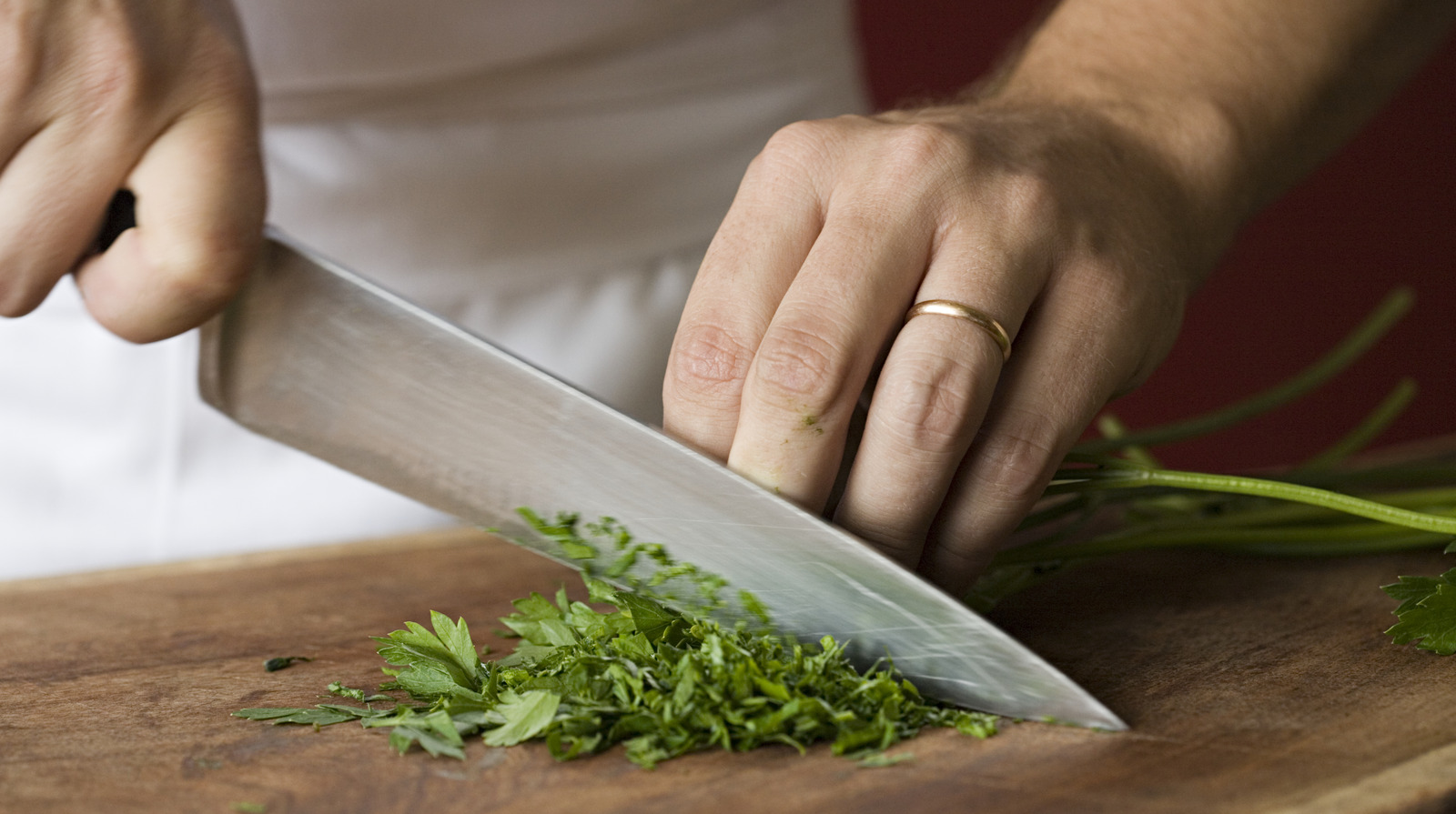As a kitchen professional, you understand that maintaining hygiene in your cooking space is paramount. One often-overlooked item lurking in your kitchen is your cutting board. The question arises: why is it important to get rid of a cutting board with deep cuts in it? This seemingly innocuous tool can harbor bacteria and contaminants that compromise food safety.
In this extensive guide, we will delve into the reasons why an old cutting board can be a hidden hazard. Along the way, we'll understand the science behind it, the potential health risks, and how to keep your kitchen safe and clean.

The Dangers of Deep Cuts in Cutting Boards
Deep cuts in cutting boards can create a cozy habitat for bacteria, which can pose serious threats to food safety. These grooves trap food particles and moisture, turning your board into a breeding ground for harmful germs. Research has shown that wooden cutting boards, when properly maintained, can be more hygienic than plastic boards. However, when they begin to develop deep cuts, the risk increases significantly.
Health Risks Associated with Damaged Cutting Boards
1. Bacterial Growth: Deep cuts provide a hiding place for bacteria such as Salmonella and E. coli. These pathogens can survive in the grooves even after washing. Cutting board safety is essential for preventing foodborne illnesses.
2. Cross-Contamination: The residues from different food types, especially raw meat, can linger in the cuts, leading to cross-contamination. This can create an immediate health risk when you subsequently prepare ready-to-eat foods.
3. Ineffective Cleaning: Regular cleaning doesnt always reach the bottom of deep grooves, so while it may seem clean on the surface, the reality is far from it.
Signs It's Time to Replace Your Cutting Board
So how do you know when its time to bid farewell to your board? Here are some signs:
Visible Deep Cuts and Gouges
If your cutting board resembles a battlefield with deep cuts, its high time for a change. Consider investing in a new cutting board that doesn't have visible damage. Regular inspection should become a part of your kitchen routine.
Persistent Odors
If your cutting board emits unpleasant odors even after cleaning, it suggests that food particles are trapped in the cuts and have begun to decompose.
Staining
Stains that dont come out with regular cleaning are also a sign that your cutting board is reaching the end of its life. A stained board can indicate that harmful substances are embedded in the material.
How to Properly Care for Your Cutting Board
Maintaining your cutting board can extend its lifespan and ensure safety. Here are some helpful tips:
Regular Cleaning
Clean your cutting board after each use with hot, soapy water. Consider using a sticky residue cleaner specifically made for wooden boards.
Periodic Oiling
Applying mineral oil helps seal the wood and can prevent water from seeping into the cuts. This maintenance step is crucial for wooden boards and can significantly enhance longevity.
Replacement
If you notice the signs mentioned earlier, don't hesitate to purchase a new board. Remember - investing in a quality wooden cutting board is an investment in food safety.
Types of Cutting Boards
When replacing your old cutting board, you may wonder which type to choose. Let's look at the options.
Wooden Cutting Boards
These boards are less prone to bacterial growth if maintained well. Choose hardwoods like maple or walnut, which are known to be more hygienic.
Plastic Cutting Boards
While generally safer when damaged, they can still harbor bacteria in deep cuts. Opt for boards made from high-quality polyethylene or polypropylene.
Bamboo Cutting Boards
Bamboo is eco-friendly but can develop deep cuts more easily than hardwood; keep an eye out for abrasions. When replacing, ensure quality material is used in manufacture.

Conclusion
In conclusion, recognizing why is it important to get rid of a cutting board with deep cuts in it is vital for maintaining a safe and hygienic kitchen environment, especially for kitchen professionals. Adopting best practices for care and regular inspections can prevent health risks and keep your cooking space clean. Dont compromise on safety.
FAQs
1. How often should I replace my cutting board?
Its recommended to replace your cutting board every 1-2 years, depending on usage and condition.
2. Can I repair deep cuts on my wooden cutting board?
Minor cuts may be repaired by sanding and oiling the board. However, for deeper cuts, replacement is usually advisable.
3. Which type of cutting board is safest?
Wooden cutting boards are generally safer when properly maintained, but all types can harbor bacteria if damaged.
As an Amazon Associate, I earn from qualifying purchases.


























